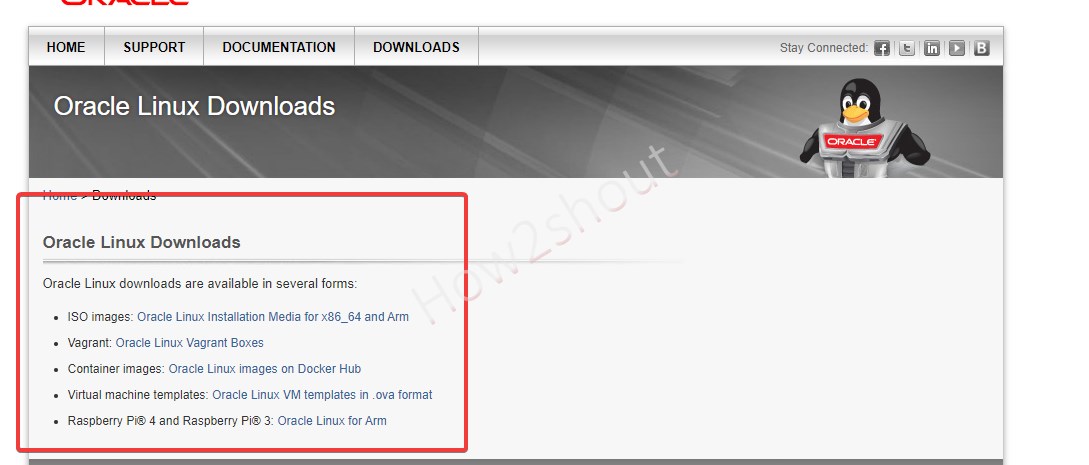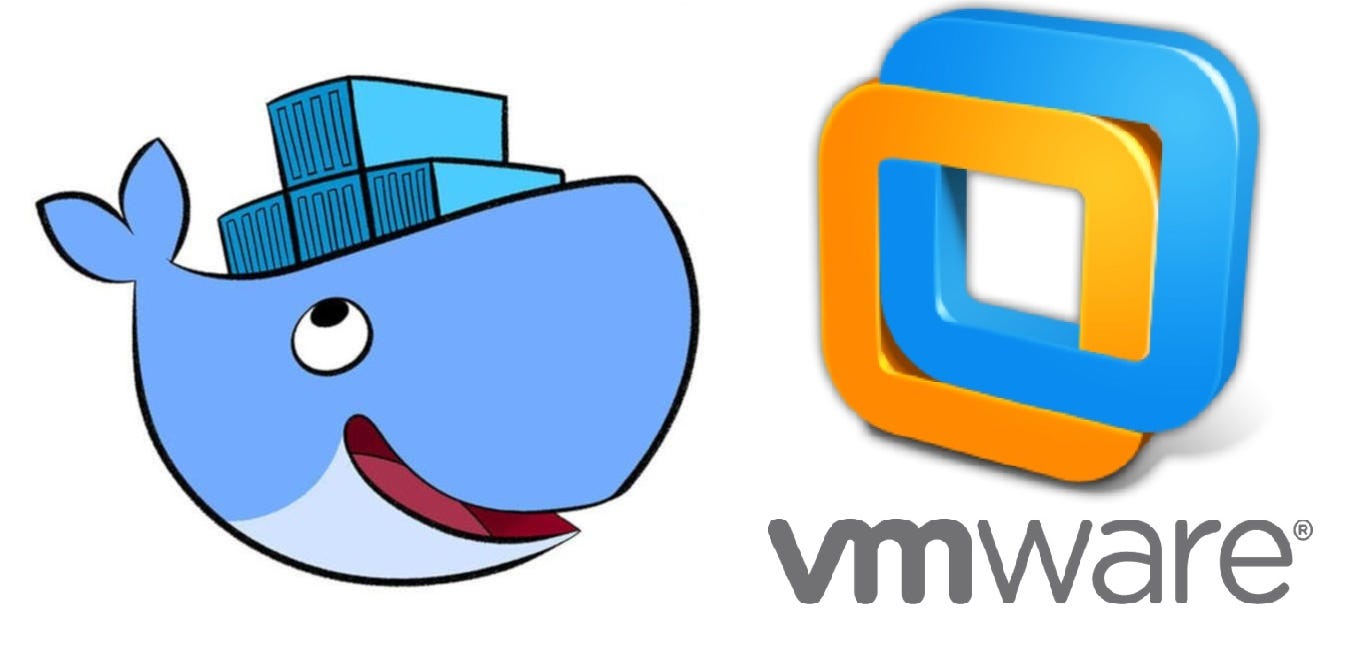I have a client who sent me instructions to connect to their VPN, but their VPN solution is only supported on Windows. Therefore, I'm trying to use Windows inside of VirtualBox to install Docker, so that I can pull down a container (Kali) to perform my assessment. However, I've spent a little over 7 hours today troubleshooting. To see how to connect Docker to this machine, run: docker-machine env staging $ docker-machine ls NAME ACTIVE DRIVER STATE URL SWARM DOCKER ERRORS default - virtualbox Running tcp://192.168.99.188:2376 v1.9.1 staging - digitalocean Running tcp://203.0.1 v1.9.1.


Estimated reading time: 8 minutes
This Quickstart guide shows you how to use Docker Compose to set up and runa Rails/PostgreSQL app. Before starting, install Compose.
Define the project
Start by setting up the files needed to build the app. The app will run inside aDocker container containing its dependencies. Defining dependencies is done usinga file called Dockerfile. To begin with, the Dockerfile consists of:
That’ll put your application code inside an image that builds a containerwith Ruby, Bundler and all your dependencies inside it. For more information onhow to write Dockerfiles, see the Docker user guideand the Dockerfile reference.
Next, create a bootstrap Gemfile which just loads Rails. It’ll be overwrittenin a moment by rails new.
Create an empty Gemfile.lock to build our Dockerfile.
Next, provide an entrypoint script to fix a Rails-specific issue thatprevents the server from restarting when a certain server.pid file pre-exists.This script will be executed every time the container gets started.entrypoint.sh consists of:
Finally, docker-compose.yml is where the magic happens. This file describesthe services that comprise your app (a database and a web app), how to get eachone’s Docker image (the database just runs on a pre-made PostgreSQL image, andthe web app is built from the current directory), and the configuration neededto link them together and expose the web app’s port.
Tip
You can use either a .yml or .yaml extension for this file.
Build the project
Docker Install Virtualbox Ubuntu
With those files in place, you can now generate the Rails skeleton appusing docker-compose run:
First, Compose builds the image for the web service using the Dockerfile.The --no-deps tells Compose not to start linked services. Then it runsrails new inside a new container, using that image. Once it’s done, youshould have generated a fresh app.
List the files.
If you are running Docker on Linux, the files rails new created are owned byroot. This happens because the container runs as the root user. If this is thecase, change the ownership of the new files.
If you are running Docker on Mac or Windows, you should already have ownershipof all files, including those generated by rails new.
Now that you’ve got a new Gemfile, you need to build the image again. (This, andchanges to the Gemfile or the Dockerfile, should be the only times you’ll needto rebuild.)
Connect the database
The app is now bootable, but you’re not quite there yet. By default, Railsexpects a database to be running on localhost - so you need to point it at thedb container instead. You also need to change the database and username toalign with the defaults set by the postgres image.
Replace the contents of config/database.yml with the following:
You can now boot the app with docker-compose up:
If all’s well, you should see some PostgreSQL output.
Finally, you need to create the database. In another terminal, run:
Here is an example of the output from that command:
Docker Toolbox Install Virtualbox
View the Rails welcome page!
That’s it. Your app should now be running on port 3000 on your Docker daemon.
On Docker Desktop for Mac and Docker Desktop for Windows, go to http://localhost:3000 on a webbrowser to see the Rails Welcome.
Stop the application
To stop the application, run docker-compose down inyour project directory. You can use the same terminal window in which youstarted the database, or another one where you have access to a command prompt.This is a clean way to stop the application.
Docker Hub
Restart the application


To restart the application run docker-compose up in the project directory.
Rebuild the application
If you make changes to the Gemfile or the Compose file to try out some differentconfigurations, you need to rebuild. Some changes require onlydocker-compose up --build, but a full rebuild requires a re-run ofdocker-compose run web bundle install to sync changes in the Gemfile.lock tothe host, followed by docker-compose up --build.
Here is an example of the first case, where a full rebuild is not necessary.Suppose you simply want to change the exposed port on the local host from 3000in our first example to 3001. Make the change to the Compose file to exposeport 3000 on the container through a new port, 3001, on the host, and savethe changes:
Now, rebuild and restart the app with docker-compose up --build.
Inside the container, your app is running on the same port as before 3000, butthe Rails Welcome is now available on http://localhost:3001 on your localhost.
More Compose documentation
documentation, docs, docker, compose, orchestration, containers